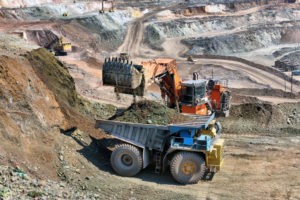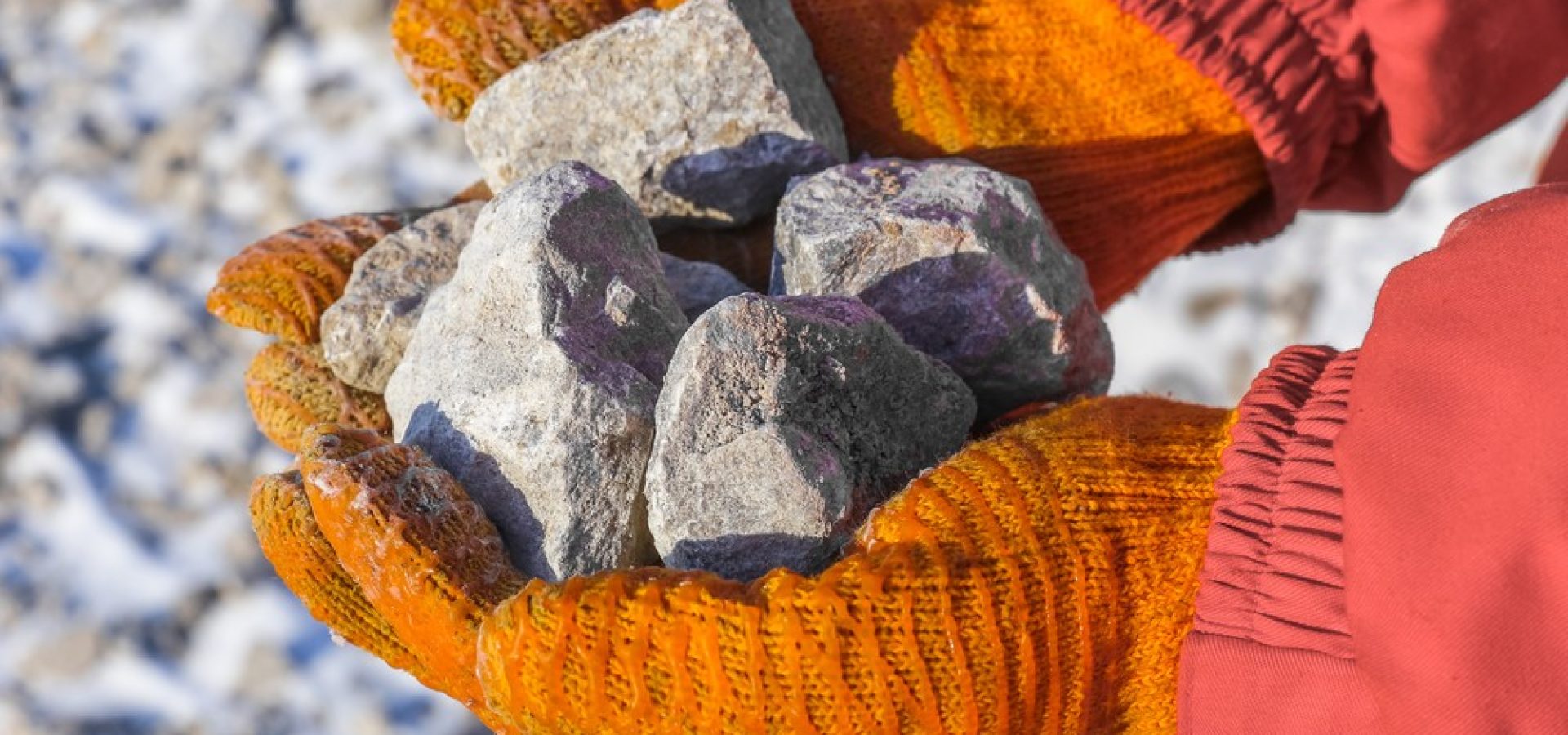Iron ore futures opened higher today in daytime trading on the Dalian Commodity Exchange (DCE).
The most active iron ore contract for September 2020 delivery increased by 8 yuan (approximately $1.13) to open at 615 yuan per tonne.
Throughout the coronavirus crisis, iron ore has been holding comfortably above US$80 a tonne. The commodity delivered a continuing run of incredible profits to Australia’s big miners, Rio Tinto, BHP, and Fortescue. These miners can all dig it up at the cost of less than US$15 a ton.

The secret of iron ore’s strength lies in China. The country is the biggest importer of the commodity. It purchases almost three-quarters of all seaborne iron ore and has a dominant influence on prices. China has recently emerged from the public health crisis that the coronavirus caused. There is an expectation that the Chinese government will respond to lingering weakness in its economy with federal spending on infrastructure that will support steel demand.
Citigroup says iron ore to drop in coming weeks
Citigroup, an American multinational investment bank, reported that softening steel demand would weigh on Iron prices.
Iron ore faced a 17 million tons deficit in the first half of the year. However, Citigroup thinks that in the second half surplus would be more than 80 million tonnes. It implies a substantial decline in its current spot price of $80/t.
The corporation lowered its forecast for iron ore prices, which it assumes to hit $70 in May. Analysts wrote that the forecast sell-off has been slower than expected. It’s due to the more potent than expected Chinese construction activity and lower Brazilian supply.
Last year, Brazil’s Vale dam collapsed by a persistently high water level. The structure lost strength and stability and resulted in the death of 270 people. The city thinks that disruptions of the Vale dam disaster seem too low to match demand shocks from blast furnace closures around the globe.
According to Citi’s research, Vale produces 315 million tons of iron ore in 2020 while sees 20 million tons of other disruptions.
China’s demand for steel fell 7 % in the first quarter of 2020. It is likely to decrease by 1.5% for the rest of the year, which means demand will be low.
Falling in manufacturing-related steel demand in China is likely to be offset by an increase in the construction and machinery sectors for the rest of 2020. In the past two months, 106 million tons of annual blast furnace capacity has closed outside of China. The future for Citi looks riskier.









COMMENTS